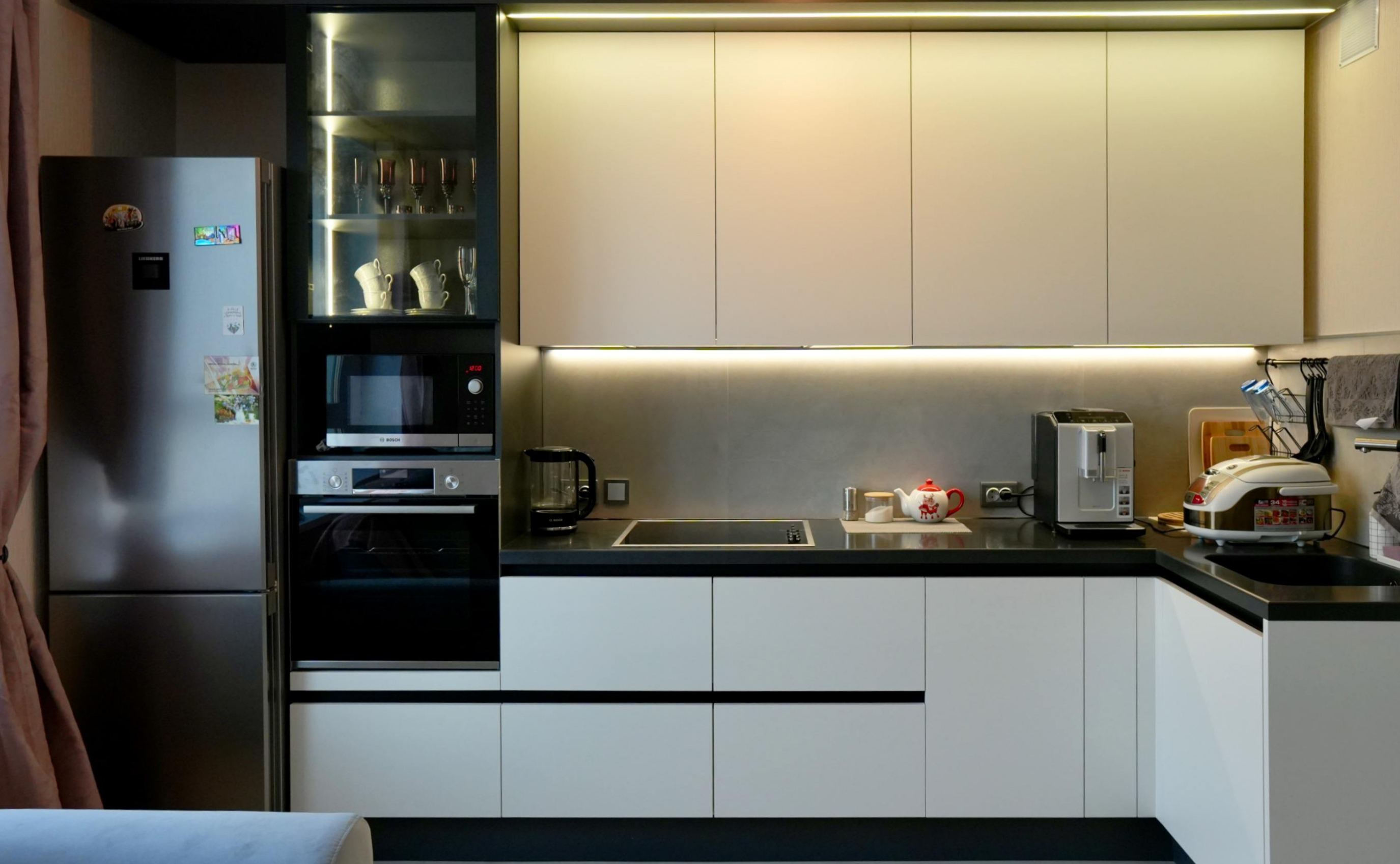
Mastering Kitchen Elegance: A Guide to Sophisticated Style and Function
The kitchen is more than just a place for cooking; it’s the heart of the home, where elegance and functionality should go hand in hand. Mastering kitchen elegance requires an understanding of design principles, an eye for detail, and the harmonious integration of aesthetics and utility. In this guide, we will explore key aspects that contribute to creating a kitchen space that exudes sophistication and grace, while still maintaining its primary role as a workspace.
Understanding Kitchen Elegance
Before diving into the practical steps to achieve an elegant kitchen, it's essential to understand what kitchen elegance means. An elegant kitchen combines timeless style with a sense of warmth and comfort. It should reflect the personality of the home and its owners, balancing color, texture, and materials in a way that feels both inviting and refined.
Designing with Purpose
The layout of your kitchen sets the groundwork for elegance. Opt for a design that promotes effortless movement between key areas: the refrigerator, stove, and sink. Incorporate ample counter space for preparation and consider an island for added functionality. Remember that each design element should not only look appealing but also serve a practical purpose.
Choosing Quality Materials
Selecting the right materials is pivotal in crafting an elegant kitchen. Opt for quality countertops like granite, marble, or engineered stone for durability and timeless appeal. For cabinetry, solid wood in muted tones can add a touch of luxury. Consider glass-fronted or open shelves to display fine china or glassware, which can also add to the kitchen's elegance.
Color Schemes and Accents
Color plays a vital role in defining the kitchen's ambiance. Neutral color palettes are typically associated with elegance, providing a backdrop that allows architectural elements and fine details to stand out. Add pops of color with a vibrant backsplash or fresh flowers. Metallic accents in drawer pulls, light fixtures, and faucets can further enhance the sophisticated feel.
Lighting the Way to Elegance
Lighting is often the jewelry of the kitchen, adding sparkle and setting the mood. Incorporate a mix of lighting types, including ambient, task, and accent lighting. Consider pendant lights over an island or a chandelier over the dining area to make a statement. Under-cabinet lighting can add warmth and functionality to the workspace.
Integrating Technology Seamlessly
In the modern kitchen, elegance also means incorporating technology in a way that complements the design. Choose appliances with sleek lines and finishes that match the kitchen's overall theme. Incorporate smart home technology discreetly, such as built-in charging stations or appliances with touch-screen controls.
Accessorizing with Taste
Accessories should enhance, not clutter, your space. Select a few high-quality items that serve as focal points, such as an elegant vase, a statement piece of artwork, or a series of pendant lights. Functional items like high-end mixers or espresso machines can also act as stylish decor when chosen thoughtfully.
The Art of Organization
To achieve elegance, organization is key. Eliminate clutter that can detract from the beauty of the space. Innovative storage solutions like pull-out pantries, drawer dividers, and appliance garages can help maintain a tidy and functional environment.
Final Touches for a Cohesive Look
The final touches to your kitchen can really tie the elegant look together. Consider the impact of architectural details such as crown molding, coffered ceilings, or detailed plinths. Such finishing details can elevate the overall design to truly embody kitchen elegance.
With these factors in mind, you can set the stage for a kitchen that's as splendid as it is practical – a true testament to the mastery of kitchen elegance.
```